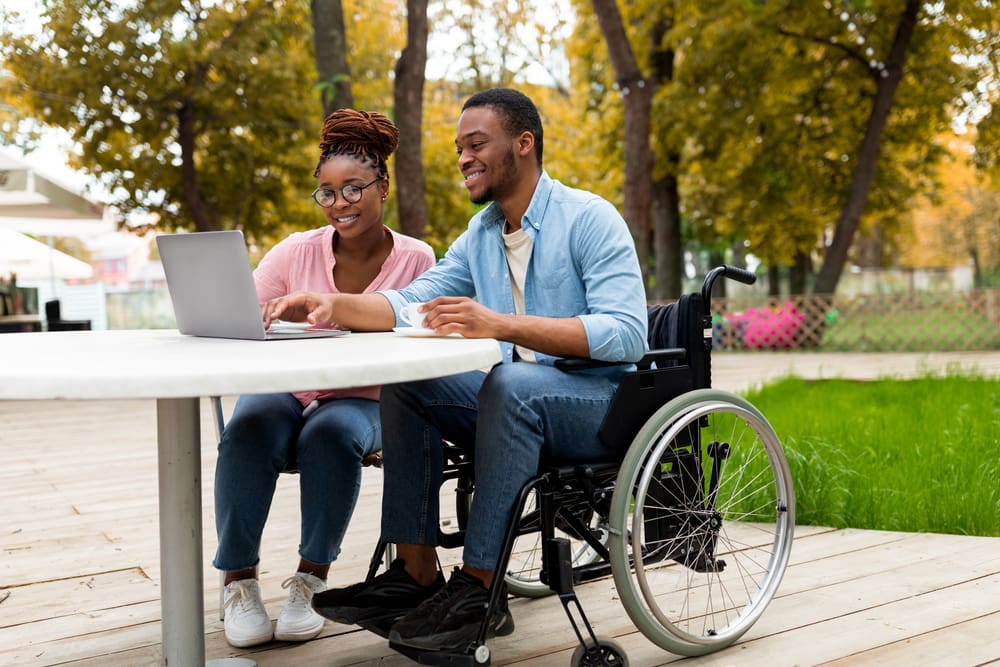Experiencing paralysis on one side of your body can be a frightening and overwhelming experience, often accompanied by confusion and uncertainty. The impact on your life can be profound, whether it occurs suddenly, such as in the case of a stroke, or gradually due to a medical condition or injury. However, knowing what steps to take in such a situation can significantly affect your recovery and overall well-being.
In this article, we’ll explore essential actions to consider if you find yourself or someone else paralyzed on one side of the body. From understanding the situation and seeking help to providing necessary first aid and preparing for follow-up care, each step plays a crucial role in managing the immediate crisis and setting the stage for long-term recovery. By being informed and prepared, you can navigate this challenging experience with greater confidence and ensure that you or your loved one receives the care and support needed for a successful recovery.
Understanding the Situation
The first step is to assess the situation calmly and quickly. Determine if the paralysis is sudden or gradual, as this can help identify potential causes. If the paralysis is sudden, it could be a sign of a stroke or other medical emergency requiring immediate attention. In such cases, call emergency services immediately.
Stay Calm and Seek Help
Remaining calm is crucial. If you or someone else is experiencing paralysis, keep them calm and reassure them that help is coming. Call emergency services or ask someone nearby to do so. Provide clear and concise information about the situation, including the symptoms and any relevant medical history.
Do Not Move the Person’s Body
It’s important not to move a person who is paralyzed unless necessary, especially if there is a possibility of a spinal injury. Moving the person incorrectly could worsen the injury and lead to further complications. Wait for medical professionals to arrive and provide guidance on how to move the person safely.
Monitor Vital Signs
While waiting for help to arrive, monitor the person’s vital signs, such as breathing, pulse, and consciousness. If the person is conscious and able to communicate, ask about any pain or discomfort they may be experiencing. Reassure them that help is on the way and try to keep them comfortable.
Provide First Aid if Necessary
If the paralysis is due to an injury, such as a fall or accident, provide basic first aid if you are trained. For example, apply pressure to stop bleeding or stabilize any fractures. However, avoid moving the person unless it is essential to prevent further injury.
Prepare for Emergency Services
When emergency services arrive, provide them with relevant information, such as the person’s medical history, medications, and details about the onset of paralysis. Be prepared to answer questions and follow the instructions of the medical professionals.
Follow-Up Care and Recovery
After the immediate emergency has been addressed, follow-up care and rehabilitation will be essential for recovery. This may include physical therapy, occupational therapy, and other treatments to help regain mobility and function on the paralyzed side of the body.
Conclusion
Experiencing paralysis on one side of your body can indeed be frightening, but knowing how to respond is crucial. By staying calm and seeking help promptly, you can significantly improve the chances of a successful recovery. Whether the paralysis is caused by a stroke, injury, or another medical condition, the steps you take in the immediate aftermath can make a significant difference in the outcome.
It’s essential to remember that each person’s situation is unique, and recovery may vary. However, by following the steps outlined in this article and working closely with healthcare professionals, you can ensure that you or your loved one receives the necessary care and support. Remember to remain patient and persistent during recovery, as progress may be gradual.
In conclusion, experiencing paralysis on one side of your body is a challenging experience, but with the right approach and support, it is possible to overcome it. By taking proactive steps and staying positive, you can help facilitate recovery and improve your overall well-being.
This story was created using AI technology.
















